(din Seria: Un vis portughez in China: Macao)
In copilarie, jocul cu betisoare la care strigam Macao! si seriile de timbre frumos colorate era tot ceea ce ar fi trebuit sa-mi spuna ceva despre acest loc. Mai tarziu abia am aflat despre misionarii portughezi stabiliti in Macao (pe atunci colonie portugheza), de unde s-au raspandit pana in Japonia cu scopul de a crestina Asia.
Aflat in Marea Chinei de Sud, in apropierea provinciei chinezesti Guangdong, la estuarul Fluviului Perlelor, Macao s-a dezvoltat, din secolul al 16-lea, ca important centru comercial dar si al misionarilor catolici.
Bazele asezarilor umane din zona au fost constituite de cca. 50000 de refugiati din calea invaziei mongole (1277). Portughezii, sositi dupa trei secole, au fost prezenti mai intai in Goa (1510), apoi in Malacca (1511) si China (1513). Colonizat de portughezi in 1557, Macao a fost restituit Chinei abia in 1999, cu doi ani mai tarziu decat Hong Kong.
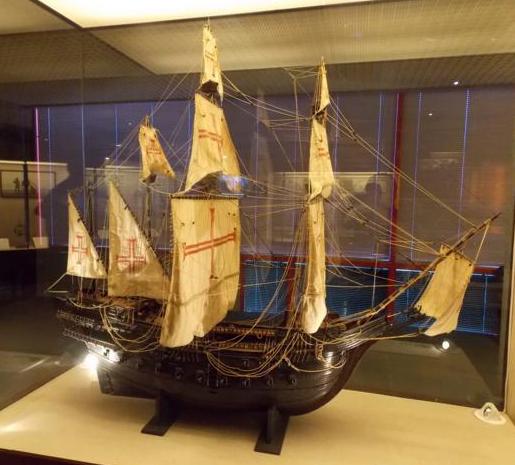 corabie portugheza, Muzeul Maritim Macao
corabie portugheza, Muzeul Maritim Macao
La data asezarii lor in zona, portughezii dominau comertul cu China, India si Japonia si faceau averi imense transportand argint japonez in China si matase chinezeasca in Japonia. Calugarii iezuiti, stabiliti in Macao in 1560 si cei dominicani veniti in 1580, au construit biserici si scoli si au inceput sa propavaduiasca catolicismul, ajungand pana pe tarmurile Japoniei. Mai intai incurajati, in timpul shogunatului lui Oda Nobunaga, in 1637 au inceput sa fie vanati si ucisi, Japonia fiind inchisa total pentru straini. Cei ramasi in Macao nu au mai stiut nimic despre soarta lor. Pentru a avea un tablou complet al amestecului de rase si natii pe aceste pamanturi, mai amintesc ca intre 1848-1870, Macao a fost un important centru de tranzit pentru sclavi de diferite origini.
Am plecat de la debarcaderul special pentru Macao, aflat la o azvarlitura de bat de hotelul nostru din Hong Kong. Trebuie sa stiti ca atat la plecare cat si la sosire, la Hong Kong si in Macao, trebuie sa prezentati pasaportul. Nu-l uitati, deci, la hotel! Biletul costa 163HK$, iar pentru seniori, 125HK$. Drumul dureaza cam o ora, cursele fiind foarte frecvente.
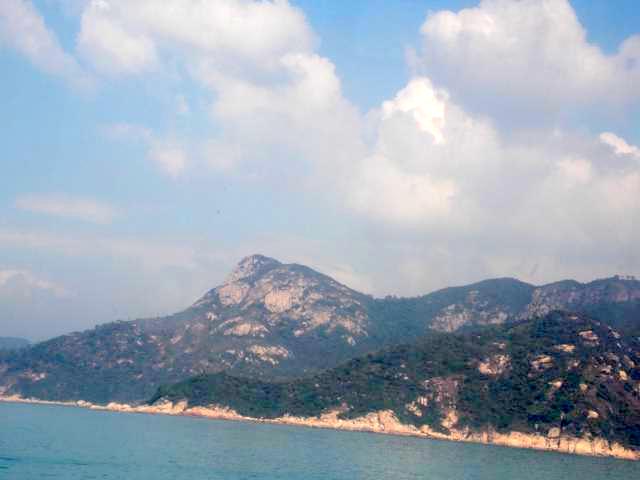
 podul care leaga Macao de Cotai Strip
podul care leaga Macao de Cotai Strip
Din port, toata lumea foloseste pentru a ajunge in oras multimea de autobuze ale diferitelor hoteluri. Nimeni nu-ti cere sa dovedesti ca stai in acel hotel. Trebuie doar sa stii care dintre ele e mai aproape de zona ta de interes. Calatoria este gratuita. Noi l-am ales pe cel care mergea la Hotel Lisboa.
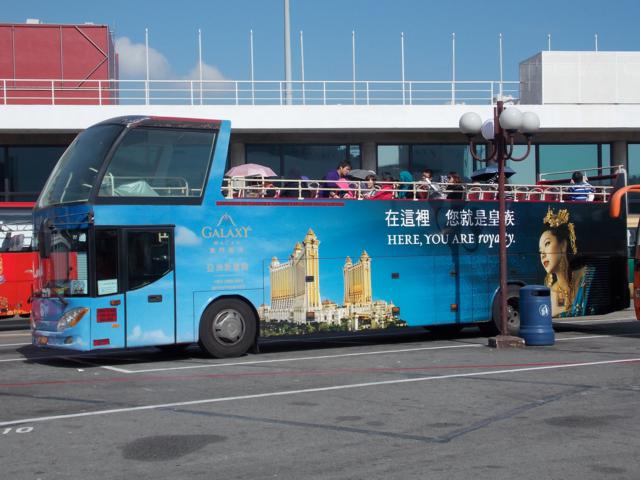
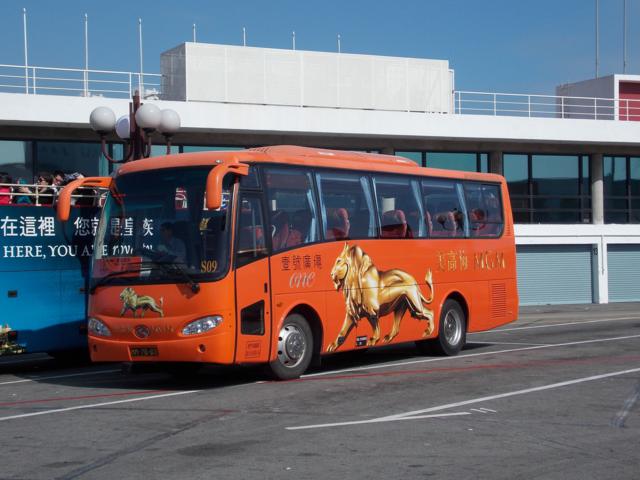
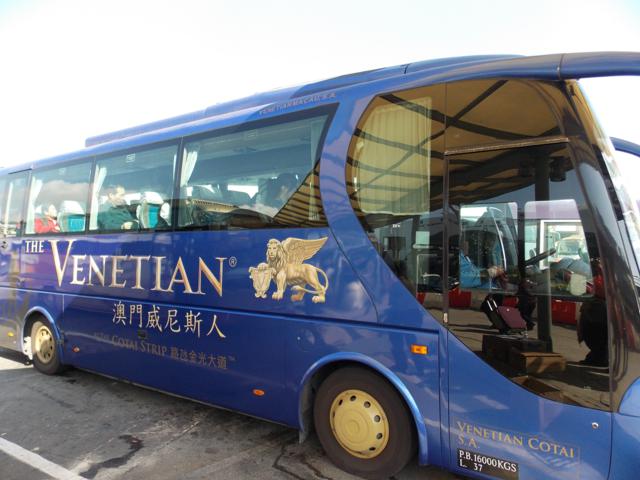 shuttle-bus spre vestitul hotel The Venetian
shuttle-bus spre vestitul hotel The Venetian
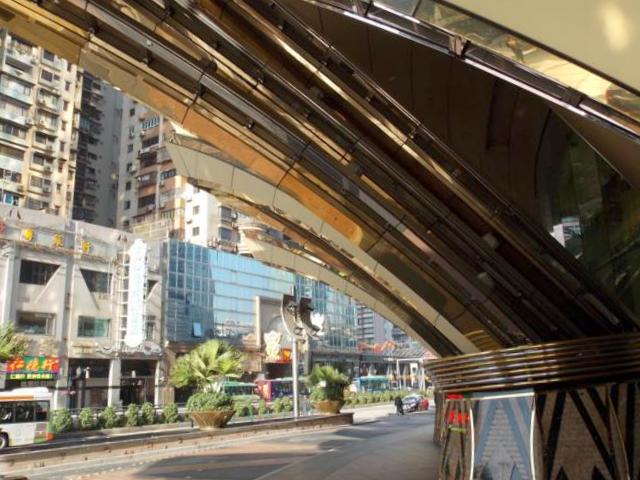 aici ne-a lasat pe noi autobuzul
aici ne-a lasat pe noi autobuzul
Orasul pastreaza amintirea portughezilor in numele strazilor, in placutele de faianta de tip azulejo, care marcheaza aceste nume precum si numerele de la case, in arhitectura, in pavimentele (calcada portuguesa) care amintesc de Lisabona. Nu va lasati insa inselati! Au trecut doar 14 ani de la retrocedare dar nu se vorbeste portugheza in Macao, cum v-ati astepta, poate. Mai mult decat atat, pronuntati degeaba cu incredere numele strazilor, dar nu veti obtine decat o ridicare din umeri: strazile au nume chinezesti pentru localnici! Vizitarea orasului, fara a avea o harta cu numele obiectivelor in engleza SI chineza, e cam dificila. Soferii de taxi nu vorbesc limba engleza. Hartiutele mele cu numele obiectivelor printate in chineza fusesera uitate la hotelul din Hong Kong si cei 5-6 trecatori opriti la sosire vorbeau doar chineza! Foarte frustrant! In cele din urma, am gasit un student chinez care vorbea binisor engleza, aflat si el in excursie la Macao, care ne-a ajutat sa cumparam o harta corespunzatoare (intrand intr-un magazin unde nu mi-ar fi dat prin cap sa caut un asemenea lucru) si ne-a dus pana in Largo do Senado, centrul orasului.
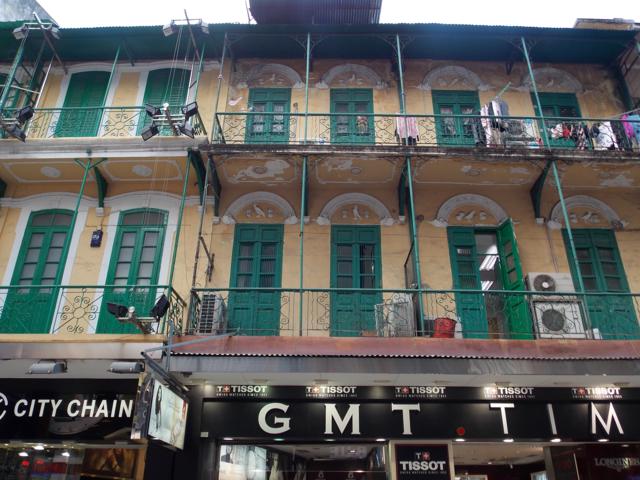 arhitectura portugheza in Macao
arhitectura portugheza in Macao
Am gasit destul de usor Ole London Hotel, unde ne-am cazat intr-o camera minimalista, dubla, care ne-a costat 634 pataca (MOP) pe noapte, adica cam 60 euro. Desi Macao are moneda proprie, pataca, se poate plati peste tot cu dolari HK, valoarea lor fiind egala. Daca veti primi restul in pataca, aveti grija sa ii cheltuiti acolo. Nu stiu daca si in HK se accepta la plata pataca.
Foarte multi turisti care vin in Macao de la Hong Kong se intorc in aceeasi zi. Noi am decis sa ramanem acolo doua nopti pentru a cerceta mai bine orasul si nu am regretat. Veti decide voi daca a meritat, citind episoadele care vor urma.
A Portuguese Dream in China: What Do You Know About Macao?
When I was a child only the game Macao and the nice colored post stamps told me something about Macao. Later on I found out about the missionaries who went there to baptize the Asian world.
Macao is located at the estuary of the Pearl River, near the Guangdong Chinese province, in the South China Sea. At the beginning there were the aprox. 50000 refugee, who fled from the Mongol invasion (1277).The Portuguese arrived here after three centuries, when they already dominated the commerce with India, China and Japan.The Jesuits (1560) and then the Dominicans (1580) constructed here churches and schools. During 1848-1870, Macao was an important transit centre for slaves of different origins.
It is one hour to Macao from HK, by boat. The ticket costs 163 HK$ but it is reduced to 125 HK$ for seniors. In both ports you must present the passport, so don’t forget it to the hotel! The money in Macao is pataca (MOP), but you may use HK$, it has the same value. You may pay everywhere with HK$. If you get change in patacas, be sure to spend them there, as I do not know if they may be used in HK too, I haven’t ask.
Even if there are only 14 years since Macao was handed back to China (2 years later than HK), the locals do not speak Portuguese as you might expect. So, it is wise if you buy a map written both in English and Chinese, as even the taxi driver do not speak English!
From the port you may take for free any hotel shuttle-bus which leave you in the most suitable place for your needs. Just look at the internet before and found out which this shuttle-bus is. We chose Lisboa Hotel, and walked from there to the Largo do Senado, which is the central part of the town. Our hotel was Ole London Hotel, where we paid aprox. 60 euro/night for a minimalist double room. I cannot complain, the room had everything we needed and it was near the centre.
Everything in Macao reminds you of the Portuguese heritage: the name of the streets and the azulejos plates on which this is written, the architecture, the calcado (special Portuguese pavements, like those in Lisbon). But remind you that the streets bear Chinese names also, so nobody would be able to tell you where this or that street is!
Many of the tourists return to HK in the same day but we decided to stay 2 days in Macao, to search the zone. If we were right or not, you will decide by yourself, reading my next posts!

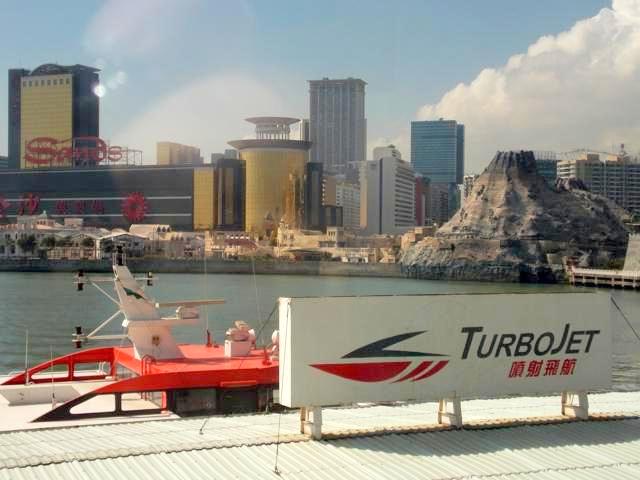
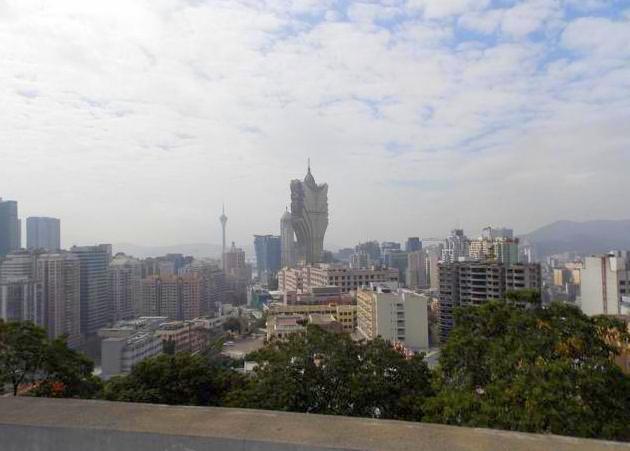
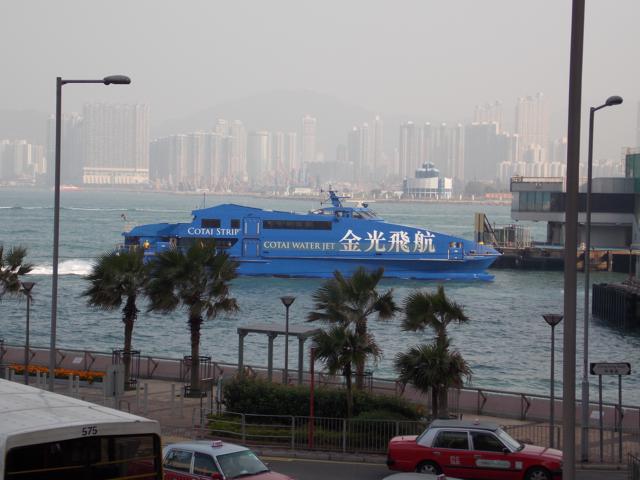
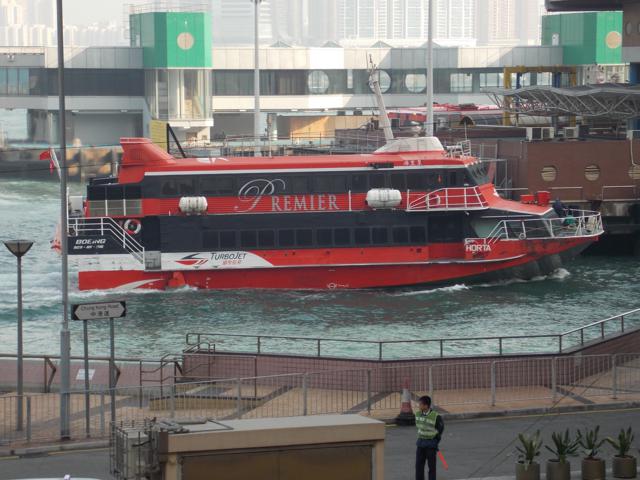
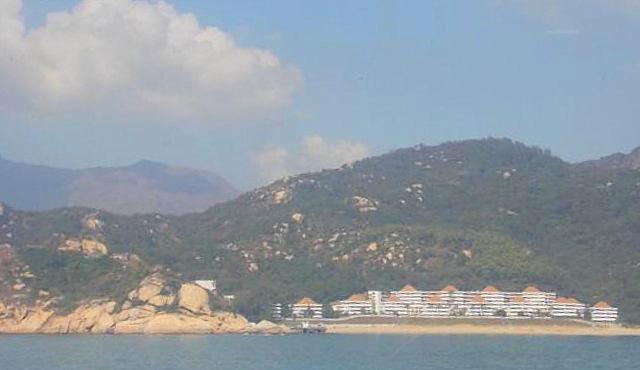
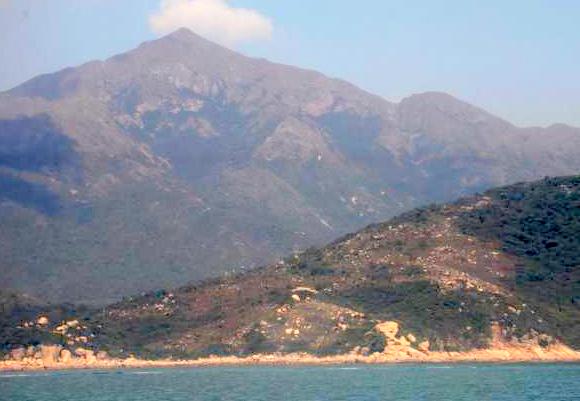
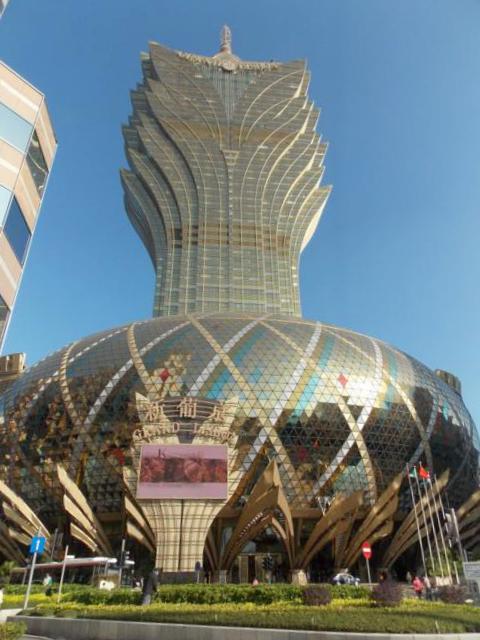
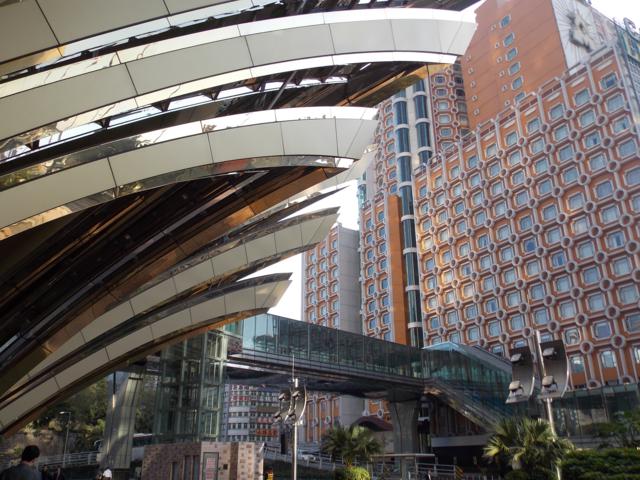
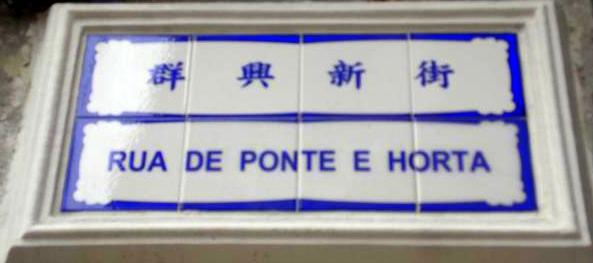
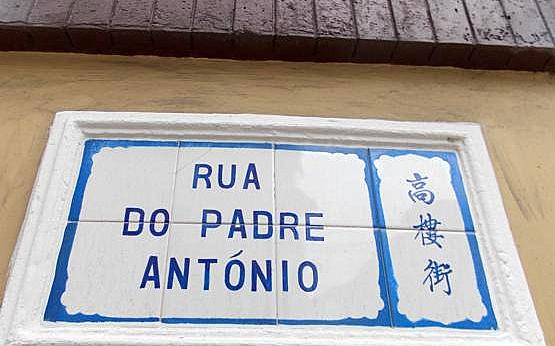
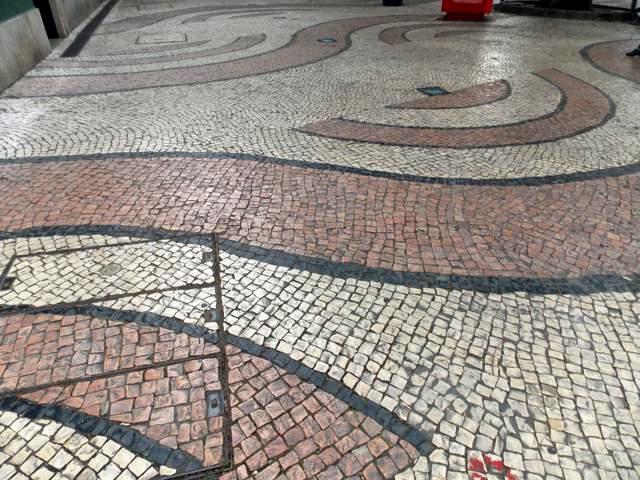
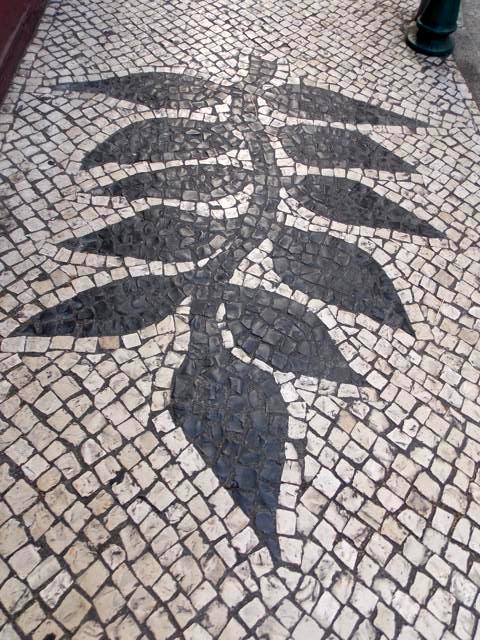
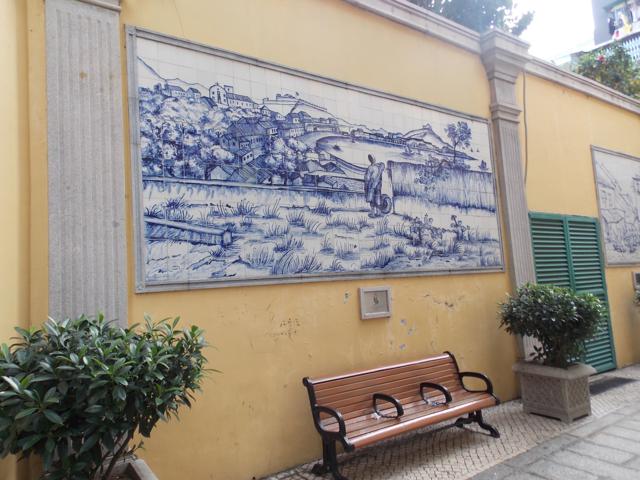
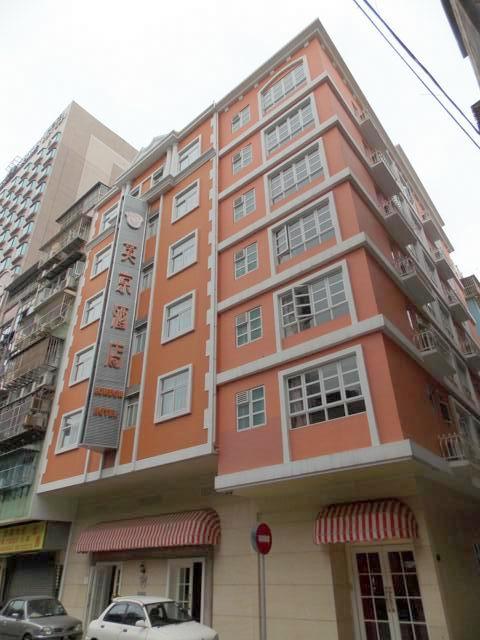
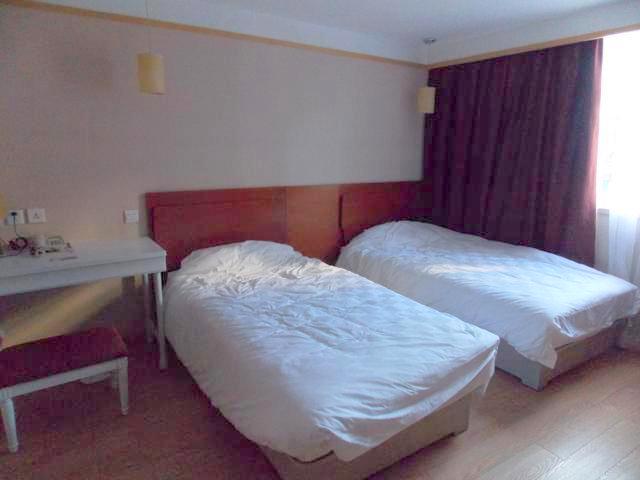

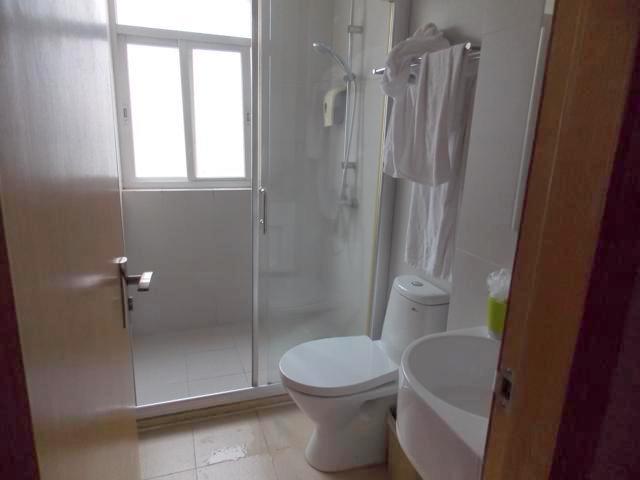
MY DEAR FRIEND I have stumped by the beauty, buildings, deluxe buses, ships!
Macao knew from a movie.
Now I’m looking forward to know about your adventure ..
many kisses
Stay tuned, Magda, as Macao was beautiful too!
That game I do know at least …. here in the Netherlands called Mikado. I always liked eht a fun game with sticks that lol …
A very nice and long blog again with the most beautiful photos.
Yes, that game Mikado I used to play too when I was a child. The city is wonderful and it was nice to visit it. Thanks, Helma, for the comment.
Interesting design for a hotel. Very flashy.
I presume you mean the Lisboa Hotel. Thanks, Randy!
I don’t know a lot about Macao, excet this is very small, but had considered visiting it together with Hong Kong. Thanks for sharing this 🙂
You are welcome, Arnaud! Yes, it is small, and I also visited Macao together with HK. You will see that there are a lot of interesting objectives here too:)
That’s an impressive looking hotel from the outside and loving the tile signs and mosaics. Lovely.
They remind me on Portugal. The hotel was a simple one but OK.